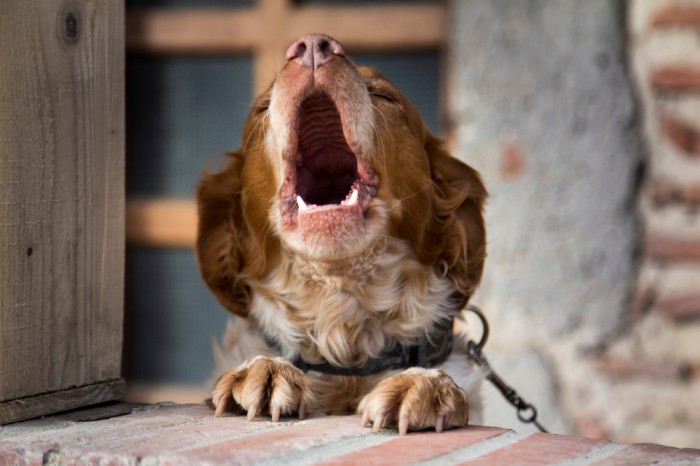Dogs are known for their loyalty, affection, and companionship. They’re a part of our families, and it’s natural for us to want to touch, pet, and cuddle them. So, when your furry friend starts yelping when touched, it can be a distressing experience for both you and your canine companion. In this guide, we’ll delve into the possible reasons why your dog is yelping when touched and offer solutions to help you address their discomfort.
Why is My Dog Yelping When Touched?
- Pain or Discomfort: One of the most common reasons why a dog yelps when touched is pain or discomfort. This could be due to an injury, a sprain, a muscle pull, or an underlying medical condition. Dogs are experts at masking pain, so yelping is often their way of communicating that something hurts.
- Sensitivity: Some dogs have a higher sensitivity to touch than others. They may yelp if touched in a particular area, such as their paws, ears, or abdomen. This heightened sensitivity can be due to genetic factors or past traumatic experiences.
- Arthritis: Older dogs or those with arthritis may experience pain and discomfort when touched, especially in their joints. Arthritis can make movements painful, and any pressure on affected areas can trigger yelping.
- Fear or Anxiety: Dogs that are fearful or anxious may yelp when touched out of fear of the unfamiliar. These reactions can be common in rescue dogs or those with a history of trauma.
- Behavioral Issues: In some cases, yelping when touched can be a learned behavior. If a dog has yelped in the past and received attention or rewards, they may continue the behavior to get what they want.
What Can You Do When Your Dog Yelps When Touched?
- Consult a Veterinarian: If your dog is yelping when touched, especially if it’s sudden and severe, it’s crucial to consult a veterinarian. They can perform a thorough examination to rule out any underlying medical issues.
- Gentle Touch: Be mindful of your dog’s sensitive areas. If you suspect a particular spot is causing discomfort, avoid touching it. Instead, focus on gentle petting in areas where your dog is comfortable.
- Observe Body Language: Pay attention to your dog’s body language. If they show signs of fear or anxiety, such as trembling, cowering, or avoiding eye contact, it’s essential to address their emotional well-being. Consider consulting a professional dog trainer or behaviorist.
- Gradual Desensitization: If your dog’s sensitivity to touch is due to past trauma or anxiety, you can work on desensitization exercises. Start with gentle touches and gradually increase the intensity and duration over time, rewarding your dog for calm behavior.
- Pain Management: If your dog is experiencing pain, work closely with your veterinarian to develop a pain management plan. This may include medication, physical therapy, or lifestyle adjustments.
Conclusion
When your dog is yelping when touched, it’s a sign that they may be experiencing pain, discomfort, sensitivity, fear, or anxiety. Understanding the root cause is the first step in helping your canine companion. Always consult with a veterinarian to rule out medical issues and explore solutions that prioritize your dog’s physical and emotional well-being. With patience, love, and proper care, you can help your dog feel more comfortable.

